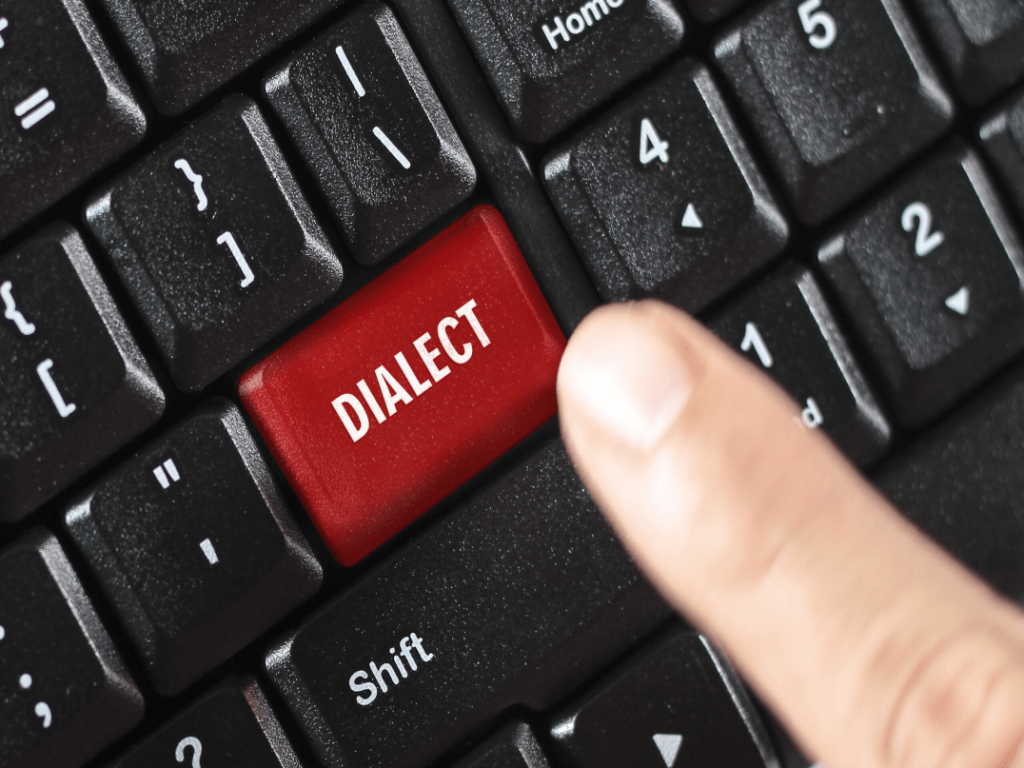Welcome to one of the most intriguing questions for any Arabic language learner: “how many dialects of Arabic are there?” If you’ve ever heard conversations from different Arab countries, you might have noticed distinct differences, prompting the question, “why are there so many Arabic dialects?” The answer lies in a fascinating journey through history, geography, and culture. While Modern Standard Arabic (MSA) provides a common linguistic bridge, the vibrant diversity of spoken Arabic is truly remarkable. Let’s explore the answer to “how many Arabic dialects are there” and uncover why does Arabic have so many dialects.
The Arabic Language: A Diglossic Landscape
Before diving into the dialects, it’s essential to understand the concept of diglossia in Arabic. This refers to the situation where two distinct forms of the same language are used by the same community:
- Modern Standard Arabic (MSA): This is the formal, written Arabic used in books, newspapers, official documents, news broadcasts, religious texts (like the Quran), and formal speeches. It’s universally understood by educated Arabs.
- Colloquial/Spoken Dialects: These are the everyday languages spoken in homes, streets, and informal media. They vary significantly from region to region and are what most people refer to when they talk about an “Arabic dialect.”
How Many Dialects of Arabic Are There? A Family Affair!
It’s not a simple number like “five” or “ten.” Linguists generally group the numerous local variations into 5 to 8 main regional dialect families. Within each family, there are countless sub-dialects, making the total number of distinct spoken forms quite high.
Here are the major dialect families:
- Maghrebi Arabic: Spoken in North Africa (Morocco, Algeria, Tunisia, Libya, Mauritania).
- Egyptian Arabic: Spoken primarily in Egypt.
- Sudanese Arabic: Spoken in Sudan and parts of Chad.
- Levantine Arabic: Spoken in the Levant region (Lebanon, Syria, Jordan, Palestine).
- Mesopotamian/Iraqi Arabic: Spoken in Iraq and parts of Syria and Iran.
- Gulf Arabic: Spoken in the Arabian Peninsula (Saudi Arabia, UAE, Kuwait, Qatar, Bahrain, Oman, Yemen).
- Hajazi Arabic: Spoken in the Hejaz region of Saudi Arabia (Western Saudi Arabia).
- Najdi Arabic: Spoken in the Najd region of Saudi Arabia (Central Saudi Arabia).
So, while there are dozens, if not hundreds, of local variations, these categories represent the main branches of the Arabic language family.
Why Does Arabic Have So Many Dialects? Unpacking the Reasons
The reasons why there are so many Arabic dialects are a fascinating blend of historical, geographical, and social factors:
- Vast Geographical Spread: Arabic is spoken across a huge geographical area, from the Atlantic Ocean to the Arabian Sea. Over centuries, communities in different regions developed distinct linguistic features in isolation from each other.
- Limited Communication: Before modern transportation and communication, contact between distant Arab regions was limited, allowing local speech patterns to evolve independently.
- Influence of Substrate Languages: As Islam spread, Arabic interacted with and was influenced by the indigenous languages already present in conquered lands (e.g., Coptic in Egypt, Berber in North Africa, Aramaic in the Levant). These “substrate” languages left their mark on the vocabulary, pronunciation, and even grammar of the emerging Arabic dialects.
- Political and Cultural Centers: Different political and cultural centers emerged over time (e.g., Cairo, Damascus, Baghdad, Fez), each fostering its own linguistic norms and prestige.
- Nomadic vs. Sedentary Lifestyles: Historical differences between nomadic (Bedouin) and sedentary (urban/agricultural) populations also contributed to dialectal variations.
- Lack of a Central Spoken Authority: While MSA served as a literary standard, there was no single spoken authority that mandated a unified pronunciation or vocabulary for everyday use across the entire Arab world.
These factors combined over centuries to create the rich tapestry of dialects we hear today, making the question of “how many Arabic dialects are there” truly complex.
Understanding Dialect Differences: Mutual Intelligibility
A common question is whether speakers of different dialects can understand each other. This is called mutual intelligibility, and it varies:
- High Intelligibility: Dialects within the same family (e.g., Levantine dialects) are generally highly mutually intelligible. Egyptian Arabic is also widely understood due to its media influence.
- Moderate Intelligibility: Speakers of a Levantine dialect might understand a good portion of Iraqi or Gulf Arabic, but some vocabulary and pronunciation differences might require effort.
- Lower Intelligibility: Maghrebi Arabic is often the most challenging for speakers of Eastern Arabic dialects to understand, and vice-versa, due to significant differences in vocabulary, grammar, and pronunciation.
Most educated Arabs can generally understand Modern Standard Arabic, but navigating conversations between vastly different dialects can be a challenge even for native speakers.
Choosing Your Dialect: Start Your Journey!
Understanding “how many dialects of Arabic are there” is the first step. The next is deciding which one to focus on. Many learners choose:
- Egyptian Arabic: Due to its widespread understanding through media.
- Levantine Arabic: Often considered “softer” and highly useful for travel to countries like Jordan, Lebanon, and Syria.
- Modern Standard Arabic: Essential for reading, formal communication, and as a foundation for understanding all dialects.
Ultimately, your choice depends on your personal goals for learning Arabic.
The diverse array of Arabic dialects is a testament to the language’s vitality and history. Each accent offers a unique window into a specific culture, enriching the overall experience of learning Arabic. Embrace the diversity, and enjoy your journey!
Ready to begin your Arabic language adventure and dive into a specific dialect? Visit www.kaleela.com and download the Kaleela Arabic learning app today! Our comprehensive lessons are designed to help non-native speakers master Arabic, from MSA to popular dialects, and connect with the rich cultures they represent. Start exploring the answer to “how many dialects of Arabic are there” firsthand!



